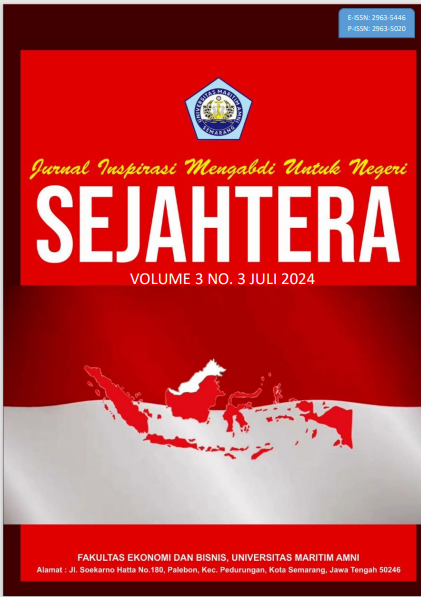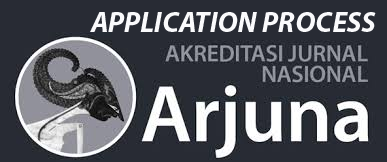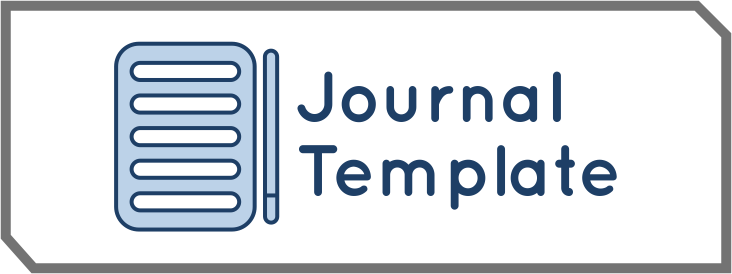Pembelajaran untuk Meningkatkan Kompetensi 4C (Communication, Collaboration, Critical Thinking dan Creative Thinking) untuk Menyongsong Era Abad 21
DOI:
https://doi.org/10.58192/sejahtera.v4i1.3028Keywords:
Communication, Collaboration, Critical Thinking, Creative ThinkingAbstract
In the era of the industrial revolution 4.0, a skill is needed that can lead someone to success in their life. These skills are 4C skills, namely Critical Thinking, Communication, Creative Thinking, and Collaboration skills. These 4C skills are needed in the 21st century. 4C skills can be trained through learning in educational institutions. (1) Critical Thinking and Creative Thinking, can be trained with an approach that begins with problems such as with problem-based learning strategies, project-based learning, cooperative group investigation, inquiry learning which in the implementation of these strategies, is continued with challenges in the form of different ways of solving problems by looking at the problem from various perspectives. (2) Collaboration or working together can be trained through cooperative learning strategies and other learning strategies that are implemented in groups by bringing up cooperative learning values. (3) Communication can be trained through: compiling activity results reports, project assignment presentations, group/class discussions, online learning, and other activities that create interaction between students with other students, lecturers, and with other school/campus communities.References
Arief, R. (2012). Usaha Peningkatan Kompetensi Softskill melalui Student Centered- Learning bagi Mahasiswa yang Mengikuti Mata Kuliah Analisa Perancangan Sistem. Jurnal Pendidikan Teknologi dan Kejuruan 21(1) hal. 11-22
Arnyana, I.B.P. 2018. Pembelajaran Sains 4,0 Prosiding Seminar Nasional MIPA.
Enis, R.H. 1985. Goals for A Critical Thiking Curriculum. Costa, A.L. (Ed). Developing Minds A Resource Book for Teaching Thinking. Alexandra, Virginia: Assosiation for Supervisions and Curriculum Development (ASCD). p.54-57.
Enis, R.H. 1993. Critical Thinking Assessment. Theory Into Practice. 32(3) Summer 1993. p.179-186.
Gowan. (1979). “Developmental Stage Theory in Helping Children become Creative” in Gallagher, Issues in Gifted Education. USA: Ventura.
Krulik, S. and Rudnik, J. A. 1996. The New Source Book Teaching Reasioning and Pbroblem Solving in Junior and Senior Hig School. Massachusets: Allyn & Bacon.
Kusumastuti, R., Ngadiman; Sohidin. (2013). Upaya SMK Bidang Studi Bisnis Manajemen dalam Memenuhi Kebutuhan Softskill Dunia Industri. | Jupe UNS. 1(3). hal 1-13.
Marzano, R.J. et al. 1988. Dimension of Thinking A Framework for Curriculum and Instruction. Alexandra, Virginia: Assosiation for Supervisions and Curriculum Development (ASCD).
Nana Mulya. (2017). Authentic Assessment untuk MenilaiKemampuan Komunikasi Matematik. Proseding Seminar Matematika dan Pendidikan Matematika UNY hal. 483-488
Satya, V. E. (2018) Strategi Indonesia Menghadapi Industri 4.0. Jurnal Kajian terhadap Isu Aktual Dan Strategis.X(09) hal. 19-25
Slavin, R. E. 1995. Cooperative Learning Theory, Research, and Practice. 2nd Ed. Boston, London, Toronto, Sydney, Tokyo, Singapore: Allyn and Bacon.
Sudjimat D. A. (2010) . Pengembangan Model Pendidikan Soft Skill melalui Pembelajaran pada Program Studi Pendidikan Teknik Mesin FT UM. Jurnal Teknologi dan Kejuruan. 33 (2).hal. 133 − 142
Surtyani N. (2010). Implementasi Model Pembelajaran Kolaboratif untuk Meningkatkan Ketrampilan Sosial Siswa. Majalah Ilmiah Pembelajaran No.02
Trilling, B. & Fadel, C., 2009. 21st Century Skills: Learning for Life in Our Times. Amerika: JosseyBass Wiley.
Zubaidah, S. (2018). Mengenal 4C: Learning and Inovation skills untuk Menghadapi Revolusi Industri 4.0. Makalah: Disampaikan dalam seminar 2nd Science Education National Conference di Universitas Trunojoyo Madura 13 Oktober.
Downloads
Published
How to Cite
Issue
Section
License
Copyright (c) 2025 Susanto Susanto, Hanif Maulana Azizah

This work is licensed under a Creative Commons Attribution-ShareAlike 4.0 International License.







